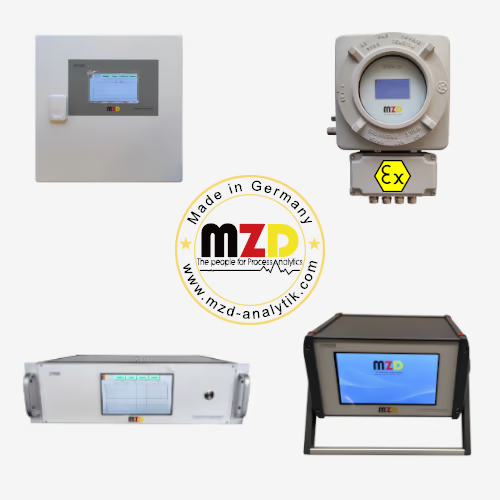
Application of SMART series analyzer in Air Separation
Air separation plants usually separate air into nitrogen (N2) and oxygen (O2), argon (Ar), and some air separation plants can further separate rare gases, such as neon(Ne), krypton(Kr), and xenon(Xe). In the production process, moisture(H2O), carbon dioxide (CO2) and hydrocarbons(CmHn) need to be removed from the air to ensure safe production, reduce energy consumption and production energy costs, and control the purity of the product gas. Air separation plants can choose to use the following three processes, Cryogenic separation (deep cooling method), Pressure Swing Adsorption(PSA) or Vacuum Pressure Swing Adsorption(VPSA), and membrane separation, depending on factors such as product quality and quantity. Cryogenic separation technologies usually use compression, cooling and expansion followed by selective distillation and gasification of the liquid to produce different products.
Trace CO2 is usually measured by SMART-IR (non-spectroscopic infrared), trace hydrocarbon CnHm is measured by SMART-FID (flame ionization) or SMART-IR (non-spectroscopic infrared), trace moisture is measured by SMART-MT (phosphorus pentoxide) or SMART-DP (dew point), trace O2 is measured SMART- OT (electrochemical or zirconium oxide method) , and SMART-OT (paramagnetic method) or SMART-TCD (thermally conductive) can be use to measure percentage O2 concentration for low pressure tower feed, crude argon tower feed, crude argon tower product and oxygen product. The SMART-TCD (thermal conductivity) can also be used to measure argon(Ar) in the crude argon column feed and product, hydrogen(H2) after the deaerating unit, and purity measurements of rare gases such as neon, kryptonm and xenon.
